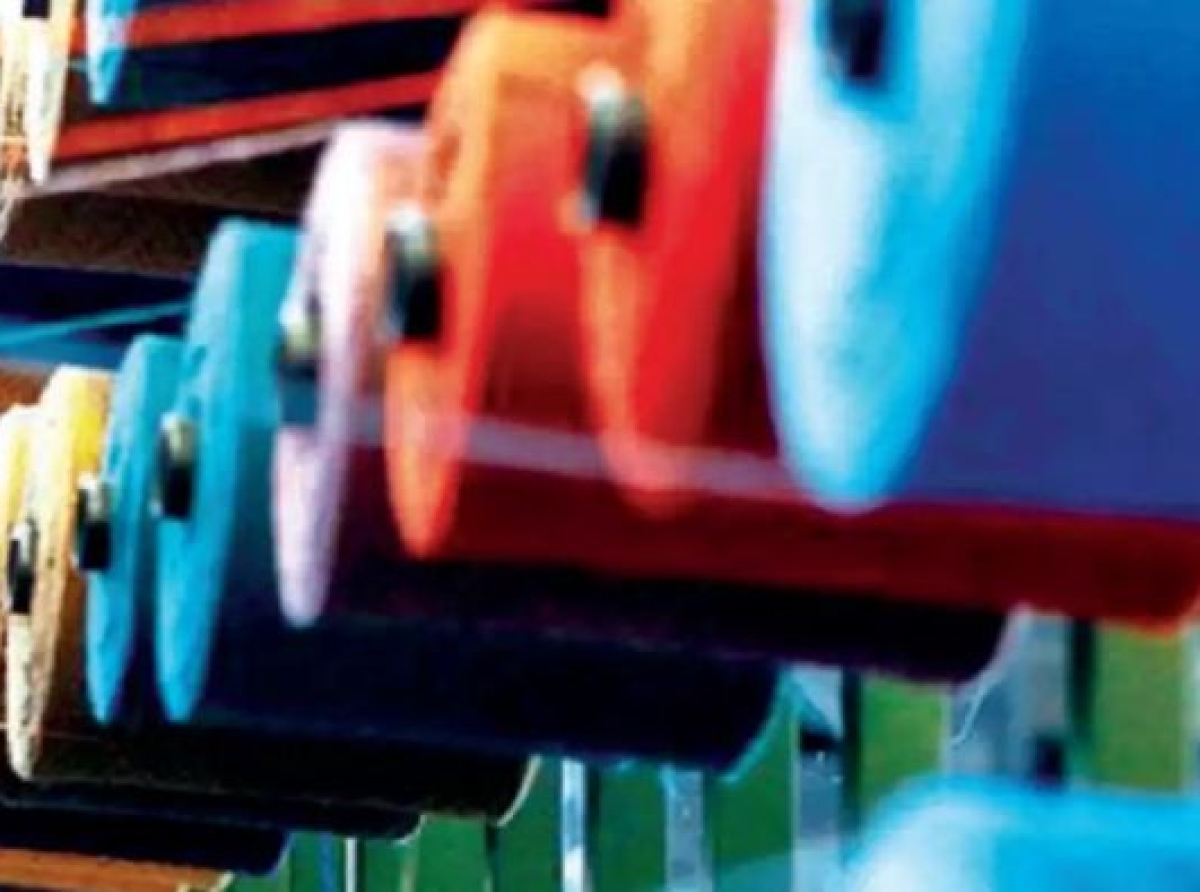11 April 2023, Mumbai
Technical analysis of the PM MITRA scheme reveals that it is a strategic move by the Indian government to propel the country's textile industry to new heights.
The scheme aims to create world-class facilities with state-of-the-art infrastructure and an integrated value chain, making the textile industry globally competitive.
Building India's Manufacturing Muscle
One key aspect of the scheme is the focus on sustainability, with zero liquid discharge, common effluent treatment, and the use of emission-free renewable energy.
This aligns with global best practices and showcases India's commitment to environmental sustainability in the textile industry. Such sustainable practices will not only benefit the environment but also improve the industry's reputation in global markets, attracting more customers who are increasingly conscious about sustainability.
Empowering India's Industry
The scheme also emphasizes the importance of training and research support for the industry, offering plug-and-play facilities and creating opportunities for innovation. This will help to enhance the skills and capabilities of the workforce in the textile sector, making them more competitive in the global market.
Mega Textile Parks Propelling India's Industrial Growth; Furthermore, the scheme's objective criteria-based Challenge Method for selecting the locations of the MITRA Parks ensures transparency and fairness in the decision-making process.
Revitalizing India's Industry; This approach encourages healthy competition among states, leading to the selection of the most suitable locations with the necessary infrastructure and ecosystems for the textile industry. This will result in the optimal utilization of resources and create a conducive environment for businesses to operate smoothly.
Spinning Success
The PM MITRA scheme also aligns with the government's initiatives of free trade agreements (FTAs), which open up developed markets for Indian textiles and apparel.
By gaining deeper access to profitable markets, India can significantly increase its share in the global textiles and apparel trade. This will provide a boost to the revenue target of $250 billion and $100 billion in exports by 2030, as well as create jobs and attract domestic and foreign investment.
Weaving a Brighter Future
Overall, the PM MITRA scheme is a game-changer for India's textile industry, propelling it toward becoming a global investment, manufacturing, and export hub. The emphasis on sustainability, infrastructure, innovation, and supportive policies from both central and state governments will help India achieve its aspirations of becoming a developed nation by 2047 and the largest exporter of textiles to the world.
This scheme, combined with the government's efforts in FTAs, will enable the Indian textile industry to reach new heights and contribute significantly to the country's economic growth.
Textile Powerhouses
The Indian government's decision to establish seven Mega Integrated Textile Region and Apparel parks across the country is expected to have a transformative impact on the textile industry, taking it to the next level of growth and competitiveness.
These mega parks are designed to be shining examples of sustainability, with state-of-the-art infrastructure, zero liquid discharge, common effluent treatment, and adoption of global best practices, including the use of emission-free renewable energy.
Revolutionizing India's Textiles Industry
One of the key features of these parks is the excellent infrastructure and plug-and-play facilities they will offer, making it easier for businesses to set up operations. Additionally, the parks will provide training and research support for the industry, which will help in fostering innovation and skill development.
The central and state governments will work together to attract investment, promote innovation, and create jobs in the textile sector.
Mega Textile Parks as Game-Changers
The state governments will provide land parcels of at least 1,000 acres and ensure reliable power and water supply, waste disposal, and an effective single-window clearance system, along with a stable policy regime to ensure ease of doing business.
This supportive ecosystem is expected to attract both domestic and foreign investments, estimated to be around ₹70,000 crores, and create about 20 lakh jobs, contributing to the growth of the textiles industry.
Transforming the Textiles Landscape
The establishment of these mega parks aligns with the government's vision of achieving a revenue target of $250 billion and $100 billion in exports from the textiles sector by 2030.
Furthermore, it complements the government's efforts in signing free trade agreements (FTAs) with countries such as the UAE and Australia, and ongoing negotiations with Canada, Britain, and the EU.
These FTAs are expected to provide Indian textiles and apparel deeper access to developed markets, which will enhance the country's share in the global textiles and apparel trade.
Mega Textile Parks to Drive India's Growth
The textiles industry in India has responded enthusiastically to this initiative, considering it a game-changer that will lower logistics costs, provide modern infrastructure, enable global-scale operations, and benefit from supportive policies.
This is expected to propel India's textiles industry towards becoming a global investment, manufacturing, and export hub, and contribute to the country's aspirations of becoming a developed nation by 2047 and the largest exporter of textiles to the world.
Unleashing the Potential of Indian Textiles
Mega Textile Parks as Engines of India's Economic Growth; In conclusion, the establishment of mega-integrated textile parks in India has the potential to be a game-changer for the textile industry.
With world-class facilities, sustainable practices, supportive policies, and increased investments, the industry is poised for a quantum leap in growth and competitiveness.
This initiative aligns with the government's vision of achieving significant revenue targets, creating jobs, and making India a global textiles and apparel trade powerhouse.
Latest Publications


































